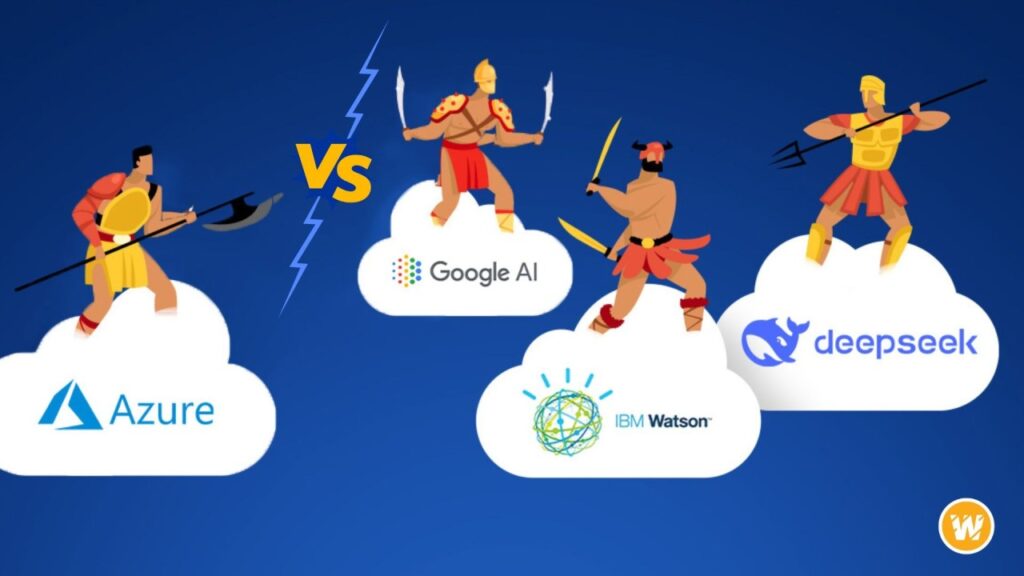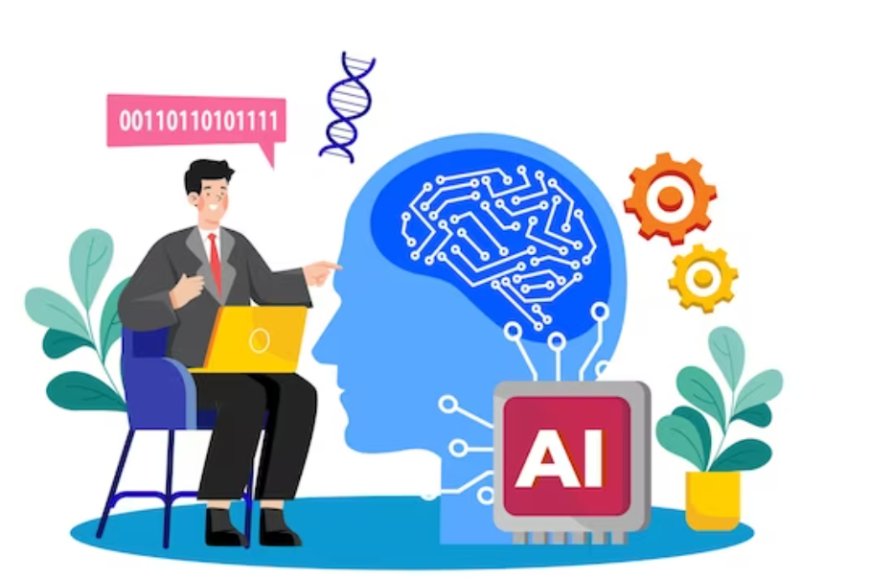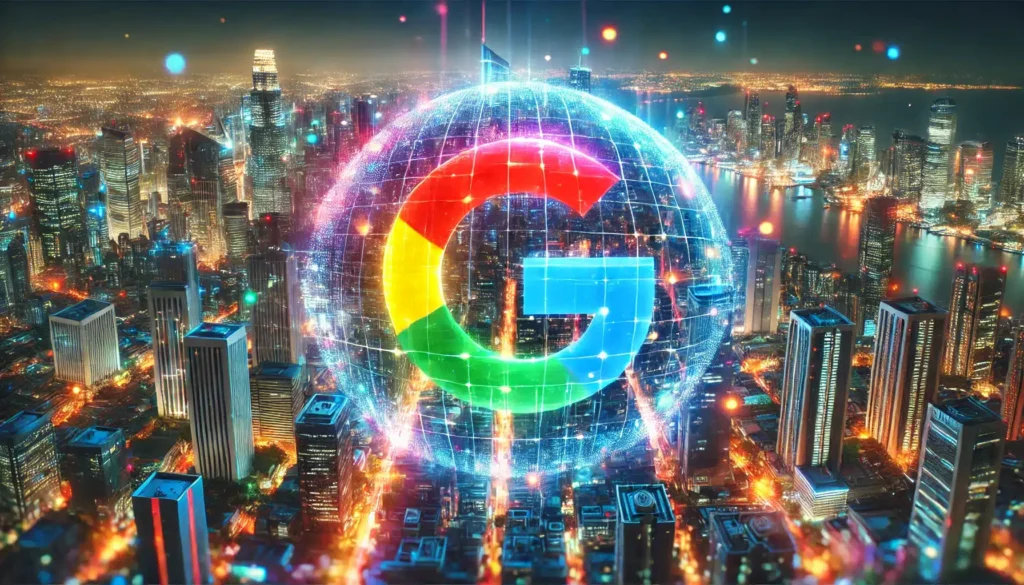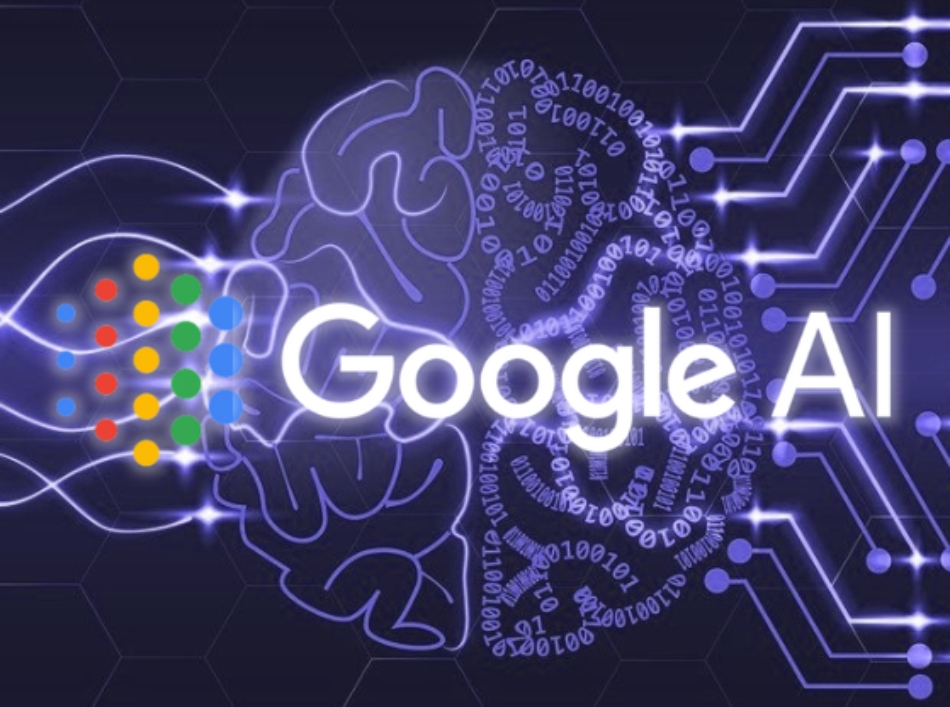The Battle for AI Accessibility: Google’s New Affordable AI Models
The AI arms race just took another unexpected turn. Google, one of the biggest players in artificial intelligence, has just unveiled a new class of affordable AI models, a direct response to growing concerns over the skyrocketing costs of running and accessing AI systems.
This announcement comes right after DeepSeek’s recent developments, which have raised major concerns about the financial sustainability of AI at scale. With businesses, startups, and even individual users questioning whether AI will become too expensive for widespread use, Google is betting big on affordability.
So, what exactly does this new class of AI models offer? And is Google’s move a game-changer, or just another strategic response to stay ahead in the ever-evolving AI landscape? Let’s break it down.

The Numbers: Why AI Costs Are Becoming a Problem
AI innovation is accelerating, but so are its costs. Running a high-performance AI model isn’t cheap, and as companies develop larger, more powerful models, the expenses are becoming unsustainable.
AI Cost Increase Over Time
| Year | Cost to Train a Top AI Model (Billion USD) | Compute Demand Growth (TFLOPs) |
|---|---|---|
| 2020 | $500M | 3,000 |
| 2021 | $800M | 7,500 |
| 2022 | $1.3B | 12,000 |
| 2023 | $2.4B | 18,000 |
| 2024 | $4.6B | 30,000 |
| 2025 (Projected) | $7.2B | 45,000 |
- The cost of training AI models has increased nearly 15x since 2020.
- Computational demand has skyrocketed, requiring more expensive infrastructure.
- Smaller businesses and developers are being priced out of AI adoption.
With AI usage costs spiraling, Google’s decision to roll out a line of cheaper AI models could shake up the industry.

Google’s Answer: High-Performance AI at Lower Costs
What Are Google’s New AI Models?
Rather than focusing on building the biggest and most expensive models, Google is introducing a new lineup of cost-efficient AI models optimized for businesses, startups, and general users.
🔹 Lighter Compute Models: These AI models require significantly less computational power without sacrificing accuracy. 🔹 Flexible Scaling: Users can choose between small, medium, and large-scale models based on their needs. 🔹 Pay-As-You-Go Pricing: Instead of flat-rate pricing, businesses can pay only for the AI resources they use.
Performance vs. Cost Comparison
| AI Model | Training Cost (Million USD) | Monthly Operating Cost (Million USD) | Target Users |
|---|---|---|---|
| Google Budget AI | $200M | $5M | Small-Medium Businesses |
| DeepSeek-XL | $800M | $40M | Large Enterprises |
| GPT-4 | $1.3B | $70M | AI Labs & Corporations |
| Claude 2 | $900M | $50M | Enterprises & Researchers |
- Google’s new AI models are up to 75% cheaper than competitors while maintaining strong performance.
- For small and mid-sized businesses, this could make AI adoption more realistic and cost-effective.
- The models are designed to handle real-world use cases without the massive overhead.

Why This Move Matters: The Democratization of AI
AI isn’t just for Silicon Valley giants—it’s becoming a tool that everyone needs. But if AI remains expensive and inaccessible, only the wealthiest corporations will control the future of artificial intelligence.
The Problems with Expensive AI
🚧 Limited Accessibility – Small businesses, non-profits, and researchers can’t afford advanced AI models. 🚧 Slower AI Adoption – If AI remains costly, its integration into industries like healthcare, education, and social services slows down. 🚧 Consolidation of Power – Only a handful of corporations would control AI, limiting innovation.
With its new budget-friendly AI models, Google is positioning itself as the leader in AI accessibility.

The OpenAI and DeepSeek Effect: Did Google Feel the Pressure?
This shift from Google isn’t happening in isolation. It comes at a time when competitors like OpenAI, DeepSeek, and Microsoft are making huge advancements in AI—often at astronomical costs.
Why Did Google Need to Make This Move?
- DeepSeek’s massive infrastructure costs raised concerns about AI affordability.
- OpenAI’s models are becoming increasingly expensive, pushing companies to look for cost-effective alternatives.
- Microsoft is integrating AI into every product, increasing demand for low-cost AI solutions.
Google had to act. And this may be one of the smartest moves it has made in the AI race so far.

The Future: Where AI Is Headed Next
1. AI Will Become an Everyday Tool
With affordable AI models, more businesses will be able to integrate AI into daily operations. Expect AI-powered: ✅ Customer service chatbots. ✅ Data analytics automation. ✅ AI-driven content creation.
2. More Competition in the AI Space
Now that Google has introduced cheaper AI models, other companies will be forced to follow suit. Expect OpenAI, Microsoft, and DeepSeek to introduce lower-cost AI solutions soon.
3. The Ethical Debate: AI Accessibility vs. AI Power
While cheaper AI is great for accessibility, it also raises ethical concerns: ⚠️ Will lower-cost AI models lack the safeguards of more expensive ones? ⚠️ Could this lead to more AI-generated misinformation and deepfakes? ⚠️ Does making AI cheaper also make it easier to abuse?
Google claims its budget AI models will include the same ethical guardrails as its premium models—but only time will tell how well that holds up.

Final Thoughts: A Smart Move or a Desperate Play?
Google’s new class of cheap AI models is a direct response to the rising costs of AI development and usage. It’s a move that: ✅ Makes AI more affordable and accessible for businesses and developers. ✅ Puts pressure on competitors like OpenAI and DeepSeek to rethink pricing models. ✅ Changes the AI landscape by focusing on efficiency rather than raw power.
But the question remains—will these cheaper models be powerful enough to compete? Or is this Google’s attempt to stay relevant while others dominate the cutting edge?
One thing is certain: AI is no longer just for the elite. And Google just made sure of that.

What Do You Think?
Do you think cheaper AI models are a game-changer? Will Google’s move push competitors to follow suit? Join the conversation below!

